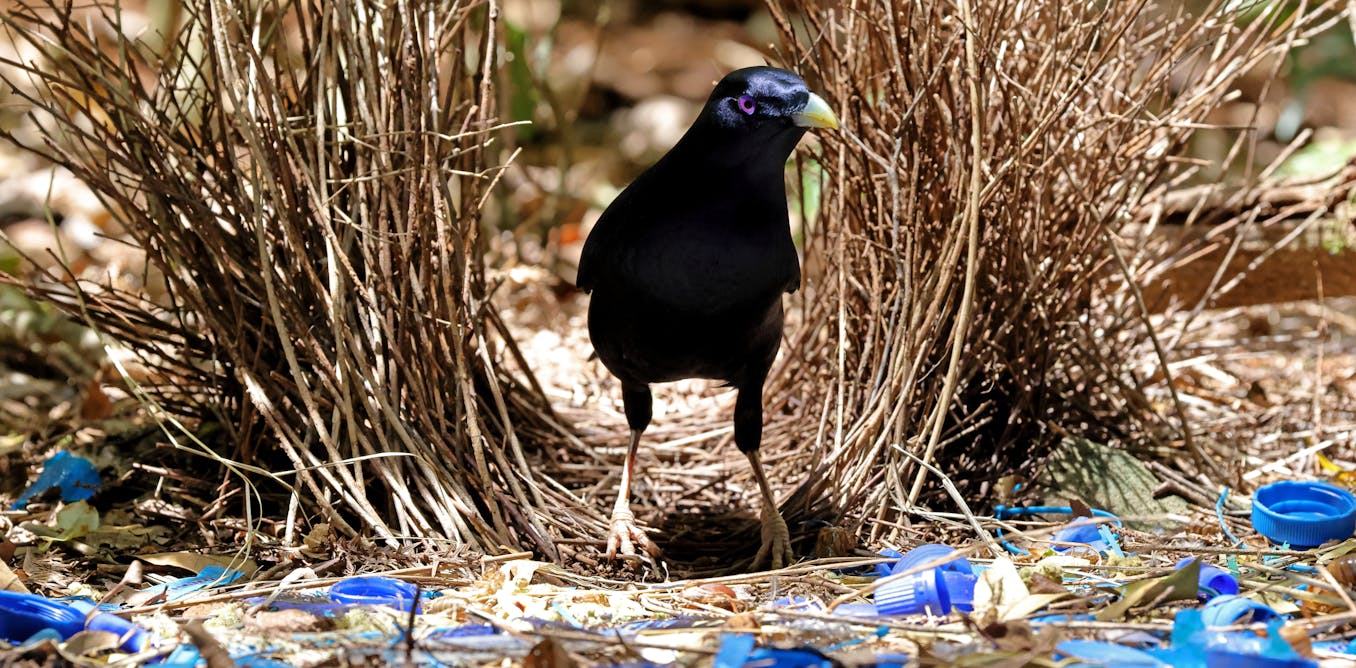- cross-posted to:
- art@slrpnk.net
- jingszo@lemmy.world
- cross-posted to:
- art@slrpnk.net
- jingszo@lemmy.world
In the forests of eastern Australia, satin bowerbirds create structures known as “bowers.”
The males gather twigs and place them upright, in two bundles, with a gap in the middle, resulting in what looks like a miniature archway. All around the bower the bird scatters small objects – shells, pieces of plastic, flower petals – which all possess the same property: the color blue.
Studies suggest that the purpose of the bowers is to impress and attract females. But their beauty and intricacy has left some researchers wondering whether they shouldn’t be considered art.
Of course, figuring out whether something is a work of art requires answering some tricky philosophical questions. Are animals even capable of creating art? And how can we tell whether something is a work of art rather than just a coincidentally beautiful object? As a philosopher and artist who’s interested in aesthetics and biology, I recently wrote about the evolution of behaviors in animals that could be seen as art.



This feels like a super obvious “yes” if art is understood to mean aesthetically pleasing for the sake of aesthetically pleasing, which lots of things animals do is, unless someone is trying to gatekeep it as something that requires human intention or understanding.